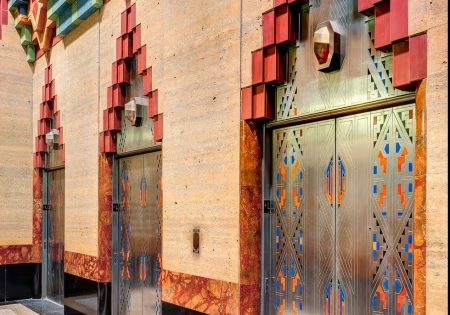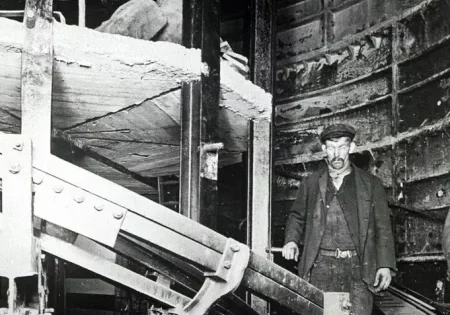Smithsonian.com Explores the “Strange World That is the Escalator”

Smithsonian.com recently explored the “strange world that is the escalator” in “How the Escalator Forever Changed Our Sense of Space.” The piece takes readers through the early history of the invention, from a never-realized 1859 patent for “revolving stairs,” to Jesse Reno’s mechanical escalator that debuted to awestruck crowds in Coney Island, New York, to the piece of machinery most similar to the escalator of today — conceived by Charles Seeberger around the same time as Reno’s invention and acquired and marketed by Otis. The escalator stole the spotlight at the Paris Exposition of 1900, and quickly proved transformative to retail, the workplace and public transportation.
Of the Paris Expo, Smithsonian observed:
“Organizers and government officials were concerned how this exposition would make its mark — after the introduction of the Eiffel Tower at the fair in 1889, how could the [fair] 11 years later complete? Officials entertained many bizarre proposals, many of which involved alterations of the Eiffel Tower itself including the potential additions of clocks, sphinxes, terrestrial globes, and a 450-ft. statue of a woman with eyes made from powerful searchlights to scan the 562-acre fairgrounds.” It ended up, however, that the escalator “shone brightest” at the expo, winning Grand Prize and a Gold Metal for its “unique and functional design”
Otis trademarked the name “escalator,” but, like cellophane, kitty litter and aspirin, the term became so ubiquitous that competitor Haughton — since acquired by Schindler — successfully petitioned the US Patent and Trademark Office to cancel the trademark. Today, Otis and Schindler continue to be major players in a world in which the number of escalators doubles every 10 years.

Get more of Elevator World. Sign up for our free e-newsletter.









